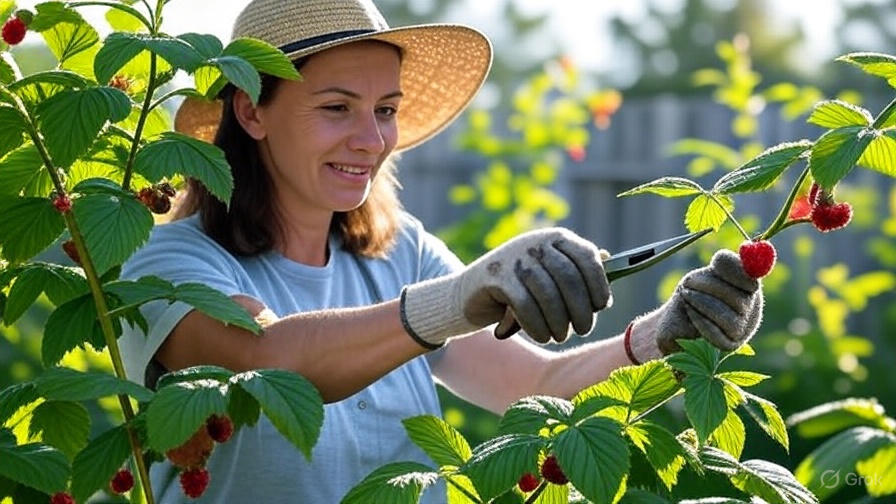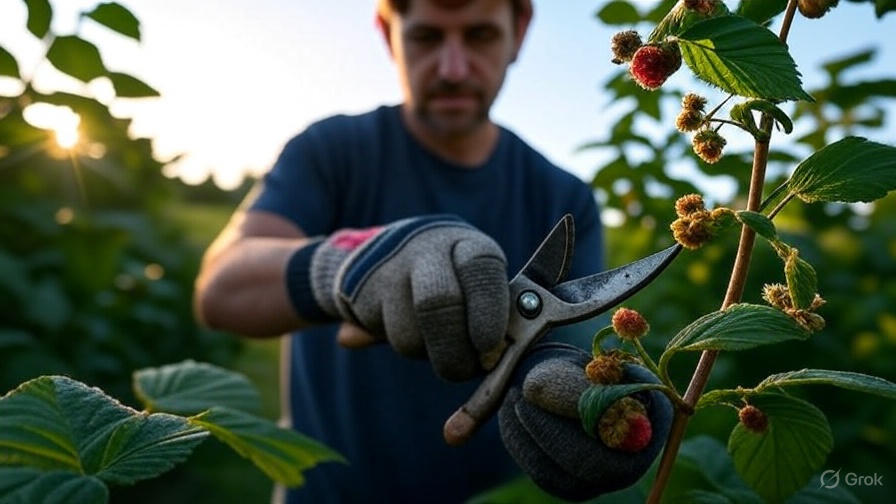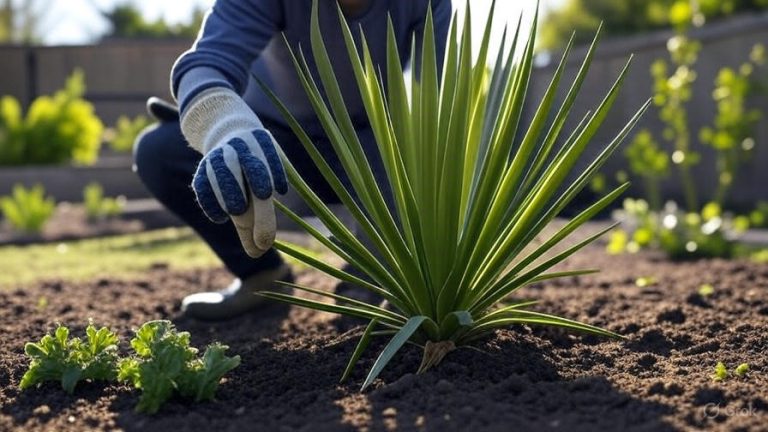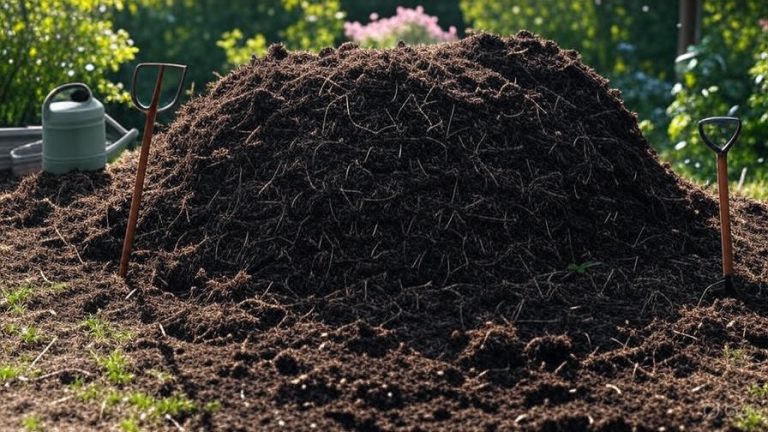How to Prune Raspberry Canes?
Growing raspberries rewards gardeners with sweet, juicy berries that taste far better than anything from the store. Yet many raspberry growers struggle with declining yields and tangled, unproductive canes. The secret to maintaining healthy raspberry plants lies in proper pruning techniques.
Pruning raspberry canes might seem intimidating at first, but this essential garden task becomes straightforward once you grasp the basics. Regular pruning increases berry production, prevents disease, and keeps your raspberry patch manageable. Let’s explore everything you need to know about trimming raspberry canes for maximum harvest.
Why Raspberry Pruning Matters
Raspberry canes follow a unique two-year growth cycle that directly impacts your pruning strategy. First-year canes, called primocanes, focus on vegetative growth and establish strong root systems. These young canes produce leaves but no fruit during their initial season.
Second-year canes, known as floricanes, produce flowers and berries before dying at the end of the growing season. This natural lifecycle means raspberry plants constantly generate new growth while older canes complete their productive phase.
Without proper pruning, raspberry patches become overcrowded messes of living and dead canes. Dense growth blocks sunlight from reaching interior canes, reducing photosynthesis and berry production. Poor air circulation in crowded patches creates perfect conditions for fungal diseases like anthracnose and cane blight.
Dead and diseased canes also harbor pests and pathogens that spread to healthy growth. Removing these problem canes through regular pruning breaks disease cycles and keeps your raspberry plants vigorous.
Different Types of Raspberries Need Different Approaches
Summer-bearing raspberries produce fruit once per year on second-year canes. These traditional varieties include popular cultivars like Heritage, Latham, and Souris. Summer-bearing types require careful pruning to maintain the balance between first and second-year growth.
Ever-bearing raspberries, also called fall-bearing or day-neutral varieties, produce two crops annually. These plants fruit on first-year canes in fall, then again on the same canes the following summer before those canes die. Ever-bearing varieties like Autumn Bliss and Caroline offer extended harvest seasons but need modified pruning techniques.
Each type demands specific timing and methods to optimize fruit production. Pruning summer-bearing raspberries incorrectly can eliminate an entire year’s harvest, while improper care of ever-bearing varieties reduces both spring and fall crops.
Essential Tools for Raspberry Pruning
Sharp, clean pruning tools make raspberry maintenance safer and more effective. Bypass pruners work best for most raspberry pruning tasks, providing clean cuts that heal quickly. The curved blades of bypass pruners slice through canes without crushing plant tissue.
Long-handled loppers help reach tall canes and provide extra leverage for cutting thick, mature growth. Loppers also keep your hands further from thorny canes, reducing scratches and puncture wounds.
Heavy-duty gloves protect your hands and arms from raspberry thorns. Leather gloves offer the best protection, though they reduce dexterity. Some gardeners prefer rose-pruning gloves that extend up the forearm.
Disinfecting tools between plants prevents spreading diseases throughout your raspberry patch. A simple solution of one part bleach to nine parts water effectively sterilizes pruning equipment. Isopropyl alcohol also works well for quick tool cleaning.
When to Prune Summer-Bearing Raspberries
Late winter or early spring provides the ideal window for pruning summer-bearing raspberry varieties. Dormant season pruning, typically done in February or March, allows you to see the cane structure clearly without leaves obscuring your view.
Pruning during dormancy also minimizes stress on raspberry plants. Active growing seasons demand energy for leaf production, flowering, and fruit development. Dormant plants can dedicate resources to healing pruning wounds and preparing for spring growth.
Cold winter temperatures naturally slow plant metabolism and reduce bleeding from fresh cuts. Warm weather pruning can cause excessive sap loss that weakens plants and attracts insect pests.
Some gardeners prefer late fall pruning after leaves drop but before severe cold arrives. Fall pruning works well in mild climates but risks exposing fresh cuts to freeze damage in harsh winter areas.
Step-by-Step Summer Raspberry Pruning
Start your pruning session by removing all dead, damaged, and diseased canes. Dead canes appear brown or gray and feel hollow or brittle when touched. Diseased canes often show discolored spots, cankers, or unusual swellings.
Cut these problem canes at ground level using sharp pruning shears. Avoid leaving stubs that can harbor diseases and pests. Dispose of removed canes in municipal compost or burn them if local regulations permit. Never compost diseased plant material in home compost bins.
Next, thin remaining healthy canes to improve air circulation and light penetration. Remove the weakest canes first, focusing on thin, spindly growth that won’t produce quality fruit. Keep the strongest, most vigorous canes spaced about 6 inches apart.
Remove any canes growing outside your designated raspberry row. These wandering canes, called suckers, drain energy from the main planting and create maintenance headaches. Cut suckers at ground level or dig them up with their roots.
Finally, head back the tips of remaining canes to encourage branching and increase fruit production. Cut canes back to about 5-6 feet tall, making cuts just above healthy buds. Avoid cutting into brown or damaged wood at cane tips.
Pruning Ever-Bearing Raspberry Varieties
Ever-bearing raspberries offer two pruning options depending on your harvest preferences. The two-crop method maintains both spring and fall harvests but requires more complex pruning schedules.
For two-crop management, prune ever-bearing raspberries just like summer-bearing types in late winter. Remove dead floricanes that produced fruit the previous summer, then thin and head back remaining primocanes.
The simplified one-crop method eliminates spring fruit but maximizes fall production. Simply mow down all canes to ground level in late winter or early spring. This drastic approach removes both old floricanes and young primocanes, forcing plants to produce entirely new growth.
New canes emerging from one-crop pruning typically produce larger fall harvests than plants maintaining two-crop systems. The concentrated energy produces bigger berries and higher yields during the primary fall season.
Many commercial growers prefer one-crop management for its simplicity and reliability. Home gardeners who process large quantities of berries for freezing or jam-making often choose this approach for its concentrated harvest timing.

Summer Maintenance Pruning Tasks
Regular maintenance throughout the growing season keeps raspberry patches healthy and productive. Remove broken or damaged canes immediately to prevent disease entry points. Storm damage, animal activity, and mechanical injury create wounds that invite fungal infections.
Sucker removal continues throughout summer as new shoots emerge from spreading root systems. Weekly garden walks allow you to spot and remove suckers before they become established. Young suckers pull easily by hand, while older ones require pruning tools.
Tip pruning of primocanes during summer can increase branching and berry production. Pinch or cut the growing tips when canes reach 3-4 feet tall to encourage lateral branch development. These side branches will produce fruit the following year.
Some growers practice summer-tipping of ever-bearing varieties to delay fall fruiting and extend harvest season. Removing primocane tips in early summer pushes fruit production later into fall when cool weather improves berry quality.
Managing Raspberry Cane Diseases Through Pruning
Proper pruning serves as your first line of defense against common raspberry diseases. Anthracnose causes purple spots on canes that eventually girdle and kill affected growth. Remove and destroy infected canes immediately to prevent spore spread.
Cane blight creates distinctive brown lesions with purple margins on raspberry canes. Infected canes often break at lesion sites during windy conditions. Cut diseased canes well below visible symptoms, making cuts in healthy white wood.
Spur blight affects lateral branches on floricanes, causing them to wither and die during fruit production. Remove affected spurs during dormant season pruning to reduce inoculum for the following year.
Crown gall creates woody tumors on cane bases and root systems. No cure exists for crown gall, so remove and destroy affected plants entirely. Avoid replanting raspberries in infected soil for several years.
Training Systems That Simplify Pruning
Raspberry training systems organize cane growth and make pruning tasks more manageable. The hill system groups 4-6 canes in individual clumps spaced 3-4 feet apart. This method works well for small gardens and makes individual plant care easier.
Linear row systems allow canes to fill spaces between plants, creating continuous fruiting hedgerows. Rows typically measure 18-24 inches wide with 8-10 foot spacing between parallel rows. This system maximizes production in limited space but requires more intensive management.
Trellis systems provide physical support for tall raspberry canes and improve fruit quality by keeping berries off the ground. Simple two-wire trellises work well for most home gardens, while commercial operations often use more complex support systems.
Post and wire trellises consist of sturdy posts spaced 15-20 feet apart with horizontal wires at 3 and 5 feet high. Canes grow up through the wires, which provide support and keep fruiting branches accessible for harvest and pruning.
Pruning Tips for Maximum Berry Production
Selective thinning of weak canes concentrates plant energy into fewer, more productive stems. Strong canes produce more and larger berries than numerous weak ones competing for resources. Aim for 4-6 vigorous canes per foot of row.
Proper cane spacing improves air circulation and reduces disease pressure while ensuring adequate sunlight reaches all parts of each cane. Overcrowded plantings produce smaller berries and experience more pest problems.
Height management through tip pruning prevents canes from becoming too tall and unwieldy. Extremely tall canes produce fruit high above comfortable picking height and may break under fruit load or wind stress.
Regular removal of spent floricanes immediately after harvest reduces disease pressure and redirects plant energy to developing primocanes. This practice also improves working conditions by eliminating thorny obstacles.
Common Raspberry Pruning Mistakes to Avoid
Over-pruning reduces fruit production by removing too many productive canes. While thorough pruning improves plant health, excessive removal eliminates next year’s fruiting wood. Maintain adequate cane numbers for optimal yields.
Pruning at the wrong time can eliminate entire crops or expose plants to winter damage. Late fall pruning in cold climates risks freeze damage to fresh cuts, while spring pruning of ever-bearing varieties may remove fall fruiting wood.
Using dull or dirty tools creates ragged cuts that heal poorly and spread diseases between plants. Maintain sharp tools and clean them regularly during pruning sessions to protect plant health.
Leaving diseased material in the garden allows pathogens to reinfect healthy plants. Always remove and destroy diseased canes rather than composting them. Clean tools after working with infected plants.
Seasonal Care That Supports Pruning Success
Proper fertilization supports vigorous cane growth that responds well to pruning. Apply balanced fertilizer in early spring before growth begins, then side-dress with nitrogen in early summer to fuel primocane development.
Adequate water during the growing season ensures strong cane development and good fruit production. Raspberry plants need consistent moisture but not waterlogged conditions that promote root rot and cane diseases.
Mulching around raspberry plants conserves soil moisture, suppresses weeds, and moderates soil temperature. Organic mulches like straw or wood chips also add nutrients as they decompose.
Weed control reduces competition for nutrients and water while improving air circulation around cane bases. Hand weeding or careful cultivation prevents damage to shallow raspberry roots.
Conclusion: Your Path to Raspberry Success
Mastering raspberry cane pruning transforms struggling patches into productive, manageable plantings that deliver abundant harvests year after year. The key lies in working with each variety’s natural growth patterns while maintaining plant health through proper timing and technique.
Start with sharp, clean tools and focus on removing dead, diseased, and weak growth first. Then thin remaining canes for optimal spacing and head back tall growth to manageable heights. Regular maintenance throughout the growing season prevents small problems from becoming major headaches.
Remember that different raspberry types need different approaches, and local growing conditions may require modifications to general guidelines. Keep detailed records of your pruning dates and techniques to identify what works best in your specific garden situation.
With consistent care and proper pruning practices, your raspberry plants will reward you with bountiful harvests of sweet, flavorful berries that make every effort worthwhile. The time invested in learning proper pruning techniques pays dividends in both plant health and fruit production for years to come.







